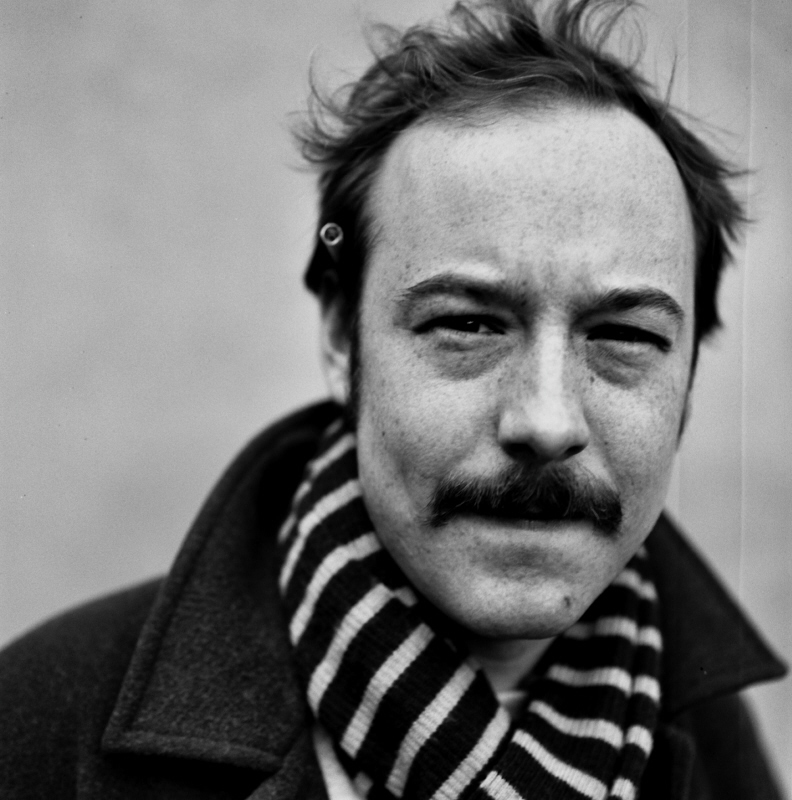In today's New York Times, there's a story about a black Harlemite who is going to be teaching from Antarctica this fall. A guy called Dr. Stephen Pekar, a geologist at Queens College, recruited Shakira Brown, a 29-year-old science teacher, for the following reason:
“I’m tired of having a bunch of white people running around doing science,” said Dr. Pekar, who is white. “When it comes to Antarctica, it isn’t just the landscape that’s white.”
That's very true. When I was at McMurdo Station, station population was around 1,200—and yet there were only a small handful of black people, maybe less than 20 (or perhaps that's just how I remember it). Which leads to a funny story:
I was talking with a guy one day while working in Antarctica and he was trying to tell me a story about someone else, but I didn't know the guy he was talking about. He was telling me, oh, he's in the carp(enter) shop, he hangs out with so-and-so, he's about this tall, etc.
I'm trying to think who he was talking about and then I realize it. "Wait," I say. "You mean the black guy?" "Uh, yeah," my friend says. "Yeah, he's, um, he's African-American."
That seemed to me the height of absurdity. If we had been living on an island of four-foot-tall pygmies, would my friend have hesitated in describing the island's only pro basketball player as, "You know, that tall motherfucker"? I doubt it.
Some people have brown skin. So what? That's not usually the most easily identifiable characteristic about them—but it is when people with brown skin make up 1% of the population of wherever one's at.
But maybe my attitude on this results from growing up in the south, where it's no problem to say, Oh, yeah, the black/white guy. Also, African-American is often a misnomer: Not all black people come from Africa.
At any rate, I like this development and the story—diversity is always a good thing, and that'll be a treat this coming fall for Ms. Brown's students to see her working and teaching on the Ice.
Friday, March 28, 2008
Tuesday, March 25, 2008
Shotgun Stories
My friend Jeff Nichols' movie Shotgun Stories, which I saw last year at the Tribeca Film Festival, and which is being shown at the IFC Center in Manhattan starting on the 26th, just got a fantastic review in New York magazine. Read it here. I highly recommend the movie to anyone looking for a strong shot of Southern heat, violence, ennui and brotherly trouble. Congratulations, Jeff!
Thursday, March 13, 2008
All Quiet on the Blogstern Front
I saw Joanna Newsom play with the Brooklyn Philharmonic at BAM. Lines like "In the trough of the waves, which are pawing like dogs, pitch we, pale-faced and grave, as I write in my log" jumped out at me; I had heard the words before but I had never heard the words before. I thought of the jump in complexity from Milk-Eyed Mender to Ys and how it echoed, in its unprecedentedness, the leap that Dylan made from The Freewheelin' to Blonde on Blonde and, in his only "V" song, "The ghost of electricity howls in the bones of her face, where these visions of Johanna have now taken my place." But then Joanna came back out, a vision in a short hot pink dress, and I heard evidence of her genius presaged: "There are some mornings when the sky looks like a road." Early on Dylan meditated on roads, too, singing in tribute to his idol, "I'm a-leaving' tomorrow, but I could leave today, somewhere down the road someday."
Joanna's come home but Dylan's on the road again. In Todd Haynes' fractured biopic I'm Not There, which I saw last Sunday, Dylan morphed as a small black boy jumping trains, living out of time, to a work shirt-clad Freedom Rider to a symbol-addled French dreamer to an arch embodiment of that high thin wild mercury sound to a broken family man to a man of god to a bespectacled, wily outlaw witnessing the sunset of that weird old America only to end up again, as he remains, on a train, winking and forever receding from view yet not ever disappearing. He's in whiteface at the ballpark this summer. He drives SUVs in black mirror shades. He sells ladies underwear just like he said he would. He wears bolo ties and can't keep from crying over Alicia Keys, who was born in Hell's Kitchen when he was living down the line. Woody, Dylan, Johanna, and Joanna, they "will be fine; but what was yours and mine appears to me a sandcastle that the gibbering wave takes."
Joanna's come home but Dylan's on the road again. In Todd Haynes' fractured biopic I'm Not There, which I saw last Sunday, Dylan morphed as a small black boy jumping trains, living out of time, to a work shirt-clad Freedom Rider to a symbol-addled French dreamer to an arch embodiment of that high thin wild mercury sound to a broken family man to a man of god to a bespectacled, wily outlaw witnessing the sunset of that weird old America only to end up again, as he remains, on a train, winking and forever receding from view yet not ever disappearing. He's in whiteface at the ballpark this summer. He drives SUVs in black mirror shades. He sells ladies underwear just like he said he would. He wears bolo ties and can't keep from crying over Alicia Keys, who was born in Hell's Kitchen when he was living down the line. Woody, Dylan, Johanna, and Joanna, they "will be fine; but what was yours and mine appears to me a sandcastle that the gibbering wave takes."
Subscribe to:
Comments (Atom)

